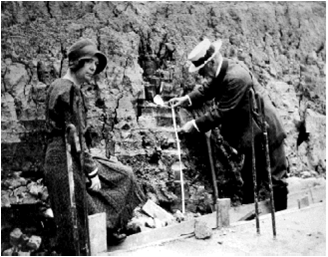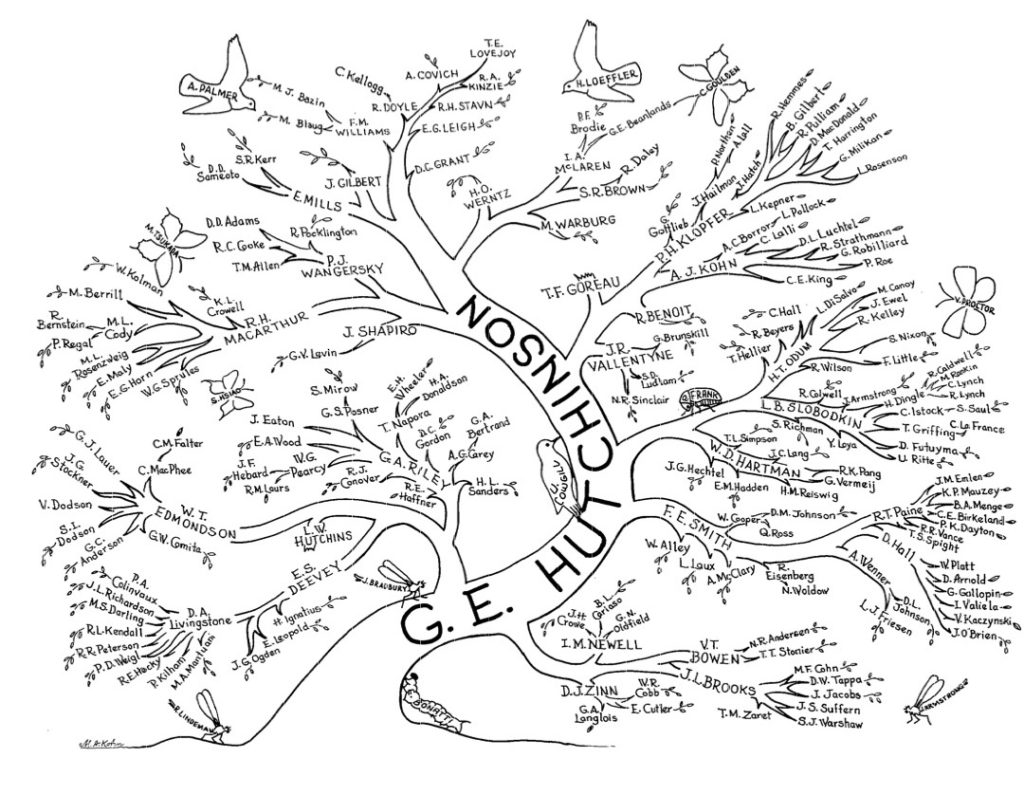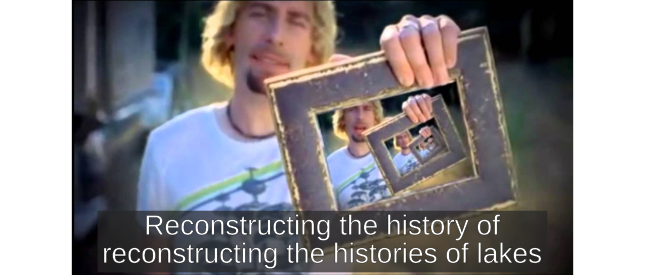“All have their worth and each contributes to the worth of the others” – John Ronald Reuel Tolkien
The second episode of our History of Paleolimnology begins at the start of the 20th century (where we ended Part 1), after the pioneers of modern biology, physics, chemistry, and geology had developed the tools and concepts that early paleolimnologists would use to study the many environmental indicators preserved in lake sediments. It is interesting how few of those pioneers were professional scientists. Instead they were members of the nobility, clergy, and business communities whose scientific pursuits were largely driven by passion (for example, Leeuwenhoek’s initial interest in lenses was driven by his work as a draper). However, by the late-1800s, this work had been taken up by university professors (performing their fieldwork in three-piece suits).

The first true paleolimnologists wouldn’t have described themselves that way. They were geologists, biologists, and ecologists using sediment processes to investigate whether elements of lake history were preserved in lake sediments.
- Gerard De Geer
– “Geology is the history of the earth, but hitherto it has been a history without years.”
– pioneered the study of glacial varves
– coined the term “geochronology” - Wilmot Hyde Bradley
– First geologic-oriented paper on lake deposits (1924)
– Best known for his work Green River Formation in Wyoming
– Chief Geologist of the U.S. Geological Survey from 1944-1959 - Winifred Tutin
– Freshwater Biological Association (Lake Windermere)
– PhD (1941) “An investigation of some problems of freshwater algae, with special reference to the process of sedimentation”
– Nature (1941) ”The Study of Lake Deposits” - Herb Wright
– Quaternary paleoecology
– Studied landscape history and environmental changes over the past 100,000 years in many parts of the world
– Director of the Limnological Research Center at the University of Minnesota - George Evelyn Hutchinson
– Treatise on Limnology Volume 1 published in 1957
– Advocated the use of statistical and mathematical methods in limnology
– Incredible legacy due to his many students

- Edward Smith Deevey Jr.
– Early protégé of Hutchinson at Yale
– Pioneer in quantitative palynology, cycling of natural isotopes, biogeochemistry, population dynamics, systematics and ecology of freshwater zooplankton
– Promoted the use of life tables in ecology - Walles T. Edmondson
– Cause and effects of eutrophication by plankton
– Rotifer taxonomy - Seward R. Brown
– Fossil pigment preserved in lake sediments - Daniel A. Livingstone
– Inventor of the Livingstone corer (1955)
– Paleolimnology of African lakes
We have previously discussed how cores are collected, and as the sophistication of paleolimnological analyses increased, so did the equipment used to retrieve undisturbed sediment sequences. The progression from simple steel pipes hammered into the sediment to the modern tools used today is also due to the labour and ingenuity of many talented individuals.
- M. Jull Hvorslev
– Subsurface exploration and sampling of soils for civil engineering purposes (1949) - F. John H. Mackereth
– Pneumatic mud corer for sampling lake beds (1958) - Joesph Shapiro
– Freeze corer (1958) - Zdzisław Kajak
– Tubular bottom sampler (1965) - R.O Brinkhurst
– The “Kajak-Brinkhurst (K-B) Corer” (1969) - John R. Glew
– The Glew Corer (1988)
Once it was possible to carefully retrieve sediment cores from a lake bottom and interpret the preserved environmental indicators, one major development was still missing before paleolimnology would transform into the applied discipline we know today – the ability to reliably associate a date with a specific sediment interval. But that is something to explore next time.

